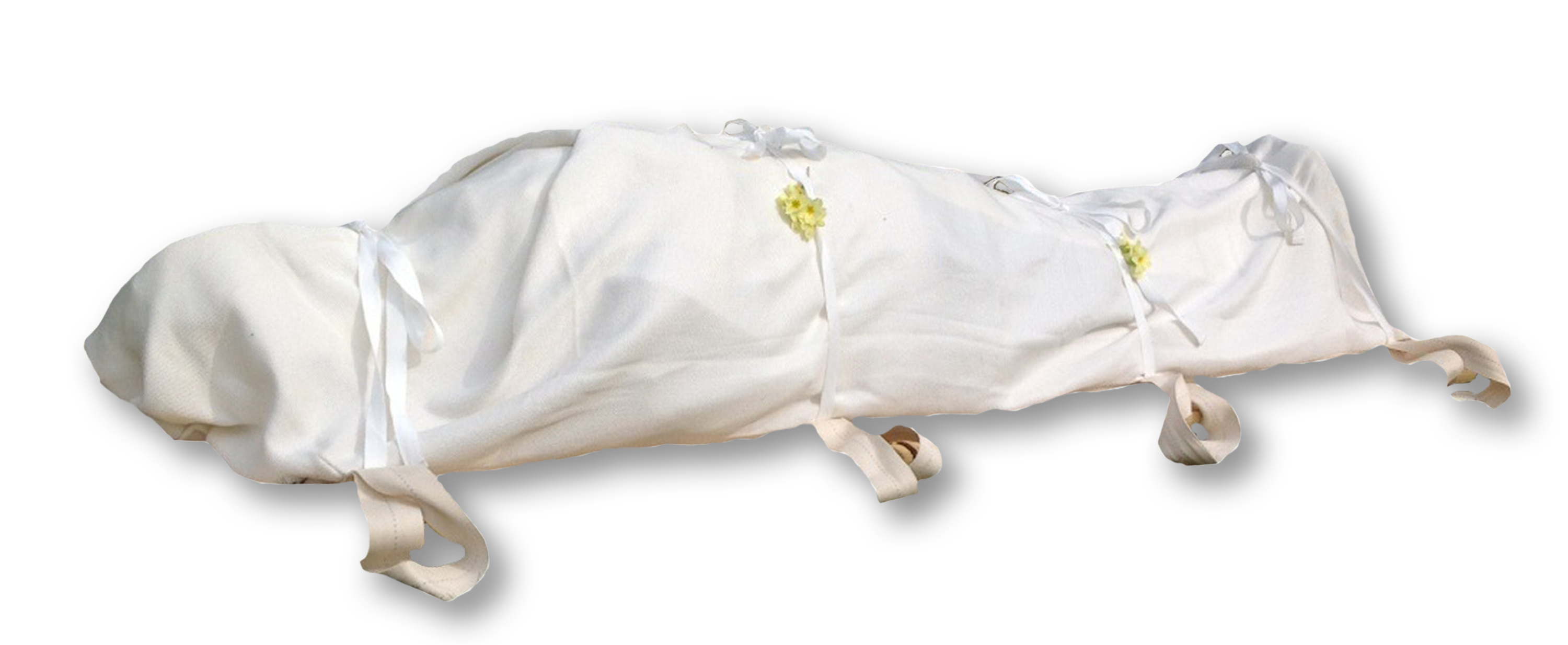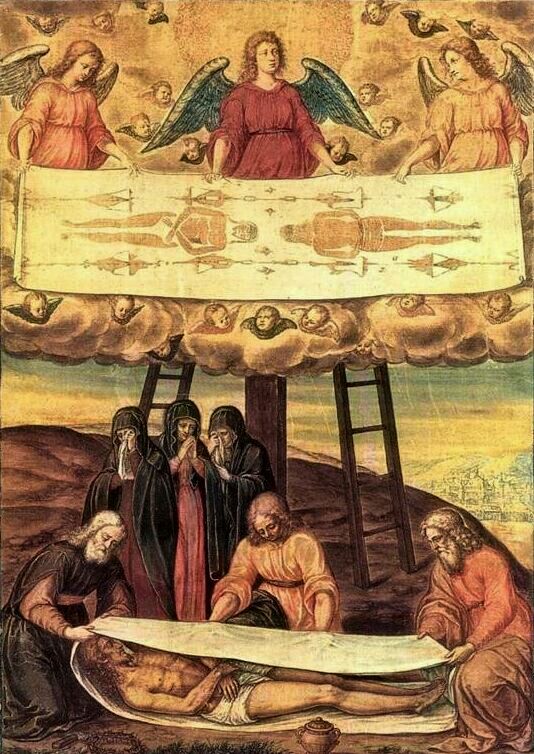

This funeral procession on the original site is accompanied by solemn chants reminding the faithful of Christs descent into hell his victory over death. Laying it on the altar, the table of sacrifice, the priest then holds aloft a burial shroud with an embroidered icon of the dead Jesus. A priest, representing Joseph of Arimathea, removes the body of Jesus from the cross above the altar.

One of the most moving rites occurs in the morning while the Gospel account of Jesus burial is read. In Jerusalem, Orthodox churches of all nationalities and rites have for centuries converged on the Basilica of the Holy Sepulcher, the traditional site of the crucifixion and resurrection. On Great (Good) Friday, solemnity replaces the joy of Palm Sunday. Jesus triumphant entry as King of the Jews, not his passion, was commemorated. Carrying their decorated pussy willows, clergy and laity processed to the church, singing not mournful lenten hymns, but joyful anthems. In honor of Jesus triumphant entry into Jerusalem, great processions were held in all cities and towns, even in the poorest hamlets. A gala for children, eggs were dyed, pussy willow branches were cut and decorated (these replaced palms) and toys were distributed. In pre-revolutionary Russia, Palm Sunday was a welcome relief from the rigid fasting of Lent. Perhaps the most dramatic demonstration of Orthodox christology takes place during Holy Week, beginning with Palm Sunday and culminating with the Easter Vigil on Great (Holy) Saturday. Adams skull, a symbol of fallen humanity, fills the void. The power of death, represented by a cavern beneath the cross, is vanquished by Jesus death. Mary and John stand below him calmly pointing toward the suffering Redeemer. Jesus body hangs gracefully from the cross. The Cross is the very image of the Redemption, said Lossky, which is the economy of the love of the Trinity toward fallen humanity. Below the corpse, Mary collapses often she is depicted in the arms of the apostle John.īyzantine-inspired icons of the crucifixion do not depict agony and death, but primarily reveal hope. Crowned with thorns, drops of blood flow from his brow. His body swoons from the pain of the nails piercing his hands and feet blood pours from his side. In traditional Catholic iconography, depictions of the crucifixion emphasize Jesus agony and death. The Church, wrote Vladimir Lossky, a notable Orthodox lay theologian, will always show in its liturgical hymns and icons the God-Man preserving his majesty even in humiliation. The icon of the crucifixion best illustrates this christology. To understand the Orthodox conception of Jesus Christ, a grasp of Orthodox christology is imperative. Through the work of the people, the church commemorates the life, death and resurrection of her founder, Jesus Christ. Worship comes first, doctrine and discipline second. According to the saints of the church, both Catholic and Orthodox, humanity was created to know, love and serve God literally the meaning of worship. ∼hristianity is a liturgical religion, wrote Georges Florovsky, a pre-eminent Orthodox theologian. The genius of the Orthodox Church, Balkan, Greek, Middle Eastern and Russian, lies in its ability to reveal glimpses of the divine through the drama of the liturgy, which in Greek means, work of the people. Orthodox pilgrims caught in the crush to enter the Basilica of the Holy Sepulchre for the lighting of the Easter fire.


 0 kommentar(er)
0 kommentar(er)
